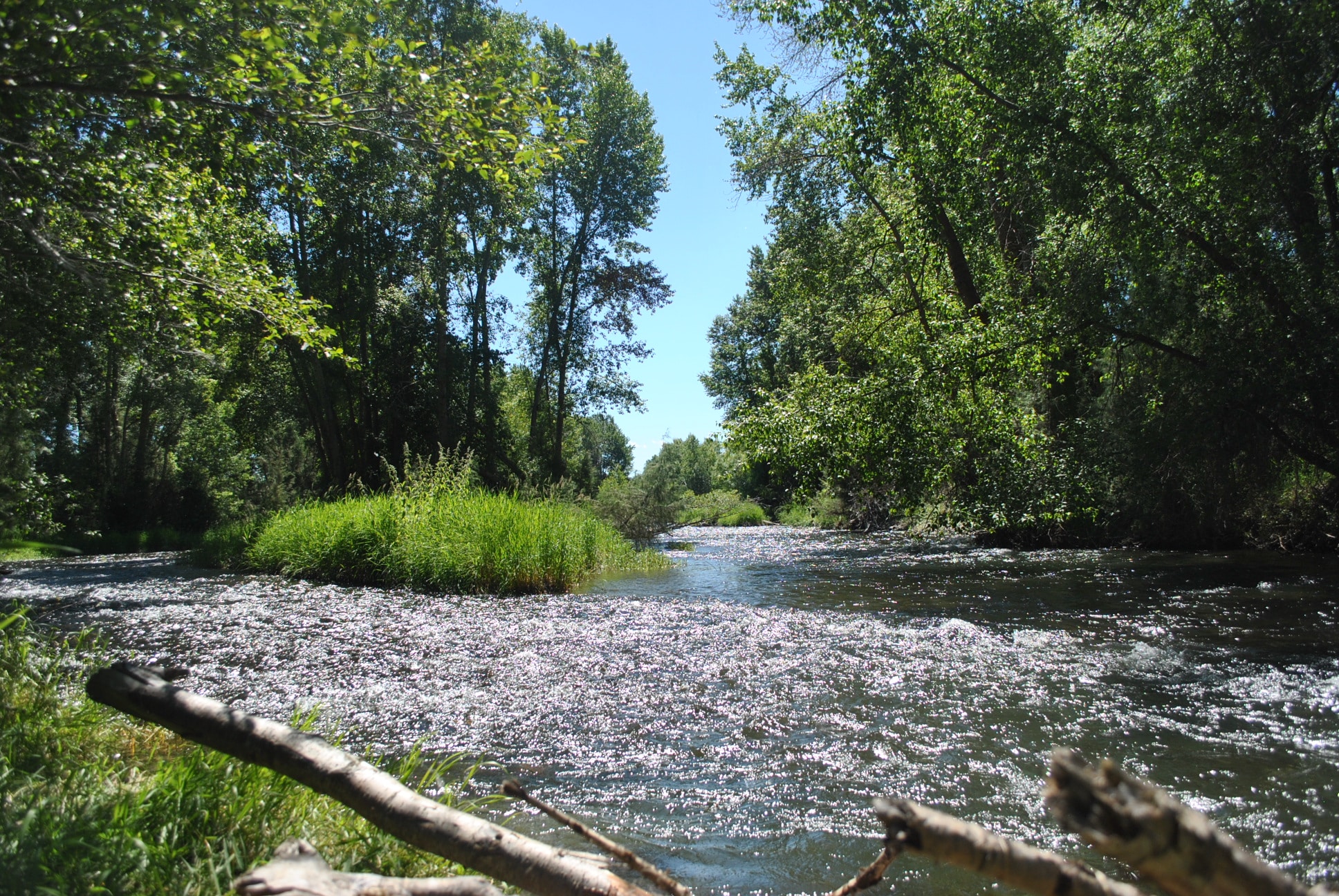$25,000 award will keep more water in the Lostine River
November 17, 2017

The L.P. Brown Foundation awarded The Freshwater Trust (TFT) $25,000 to ensure northeastern Oregon’s Lostine River supports farms and fish for generations.
The grant will help TFT analyze the current state of water throughout the watershed and identify opportunities to partner with landowners to keep flows at sufficient levels for fish, especially during hot summer months.
“This isn’t new work for us,” said Spencer Sawaske, hydrologist with TFT. “But the Foundation is providing us support to fully understand the capacity for future projects in this basin and to come up with a set of strategic conservation actions to irrigate more efficiently.”
The Colorado-based Foundation has been a supporter of TFT’s work in eastern Oregon for years.
In 2005, TFT partnered with the Nez Perce Tribe to develop a voluntary agreement with a group of landowners farming and ranching in the Lostine. The group agreed to manage their irrigation withdrawals for a period in the summer to maintain a minimum instream flow of more than 6,700 gallons per minute, during periods of adult Chinook spawning and migration.
The goal is to enable the fish to migrate through a section of river that historically didn’t have water and access prime spawning habitat.
A gage in the river is used to determine flows, and individual irrigators collectively work together to maintain the targets. TFT then compensates them through the Columbia Basin Water Transactions Program, managed by the National Fish and Wildlife Foundation.
“We knew if we figured out how to make it pencil out for irrigators financially, we could all come to a consensus on a target that would make the Lostine a more hospitable place for Chinook,” said Sawaske.
A decade passed and more landowners joined. Today, more than 70 farmers and ranchers voluntarily participate.
As the number of participants increased, so did the goals.
In 2015, TFT successfully negotiated an increase in the target from 15 cfs to 18 cfs. In 2017, the target increased again to 20 cfs, leaving nearly 9,000 more gallons of water per minute in the river.
“It’s a powerful and practical partnership,” said Sawaske. “It works economically and environmentally and has already yielded impressive results.”
Three years ago, more than 1,000 natural and hatchery Chinook were documented entering the Lostine. This is in stark contrast from the 13 observed spawning in 1999.
“It’s biological response at its best,” said Jessica Humphreys, restoration project manager with TFT. “It’s not just theory. More water in this place equals more fish.”
Although paying irrigators to keep more water in the Lostine has been successful for 12 years, there are other options to explore.
This funding will help TFT evaluate opportunities for achieving flow targets each summer by making permanent changes to how water is managed and used in the basin. TFT will evaluate how crop selection, irrigation efficiency upgrades and other restoration actions can allow agricultural operations to remain productive, while increasing the amount of water left in the river.
“Our hope is that we can keep setting the bar higher as a community,” said Humphreys. “That’s the beauty of it. It’s really about community. This only really works if it’s feasible for all of us.”
#Chinook #flow restoration #instream flow #Lostine River #LP Brown Foundation
